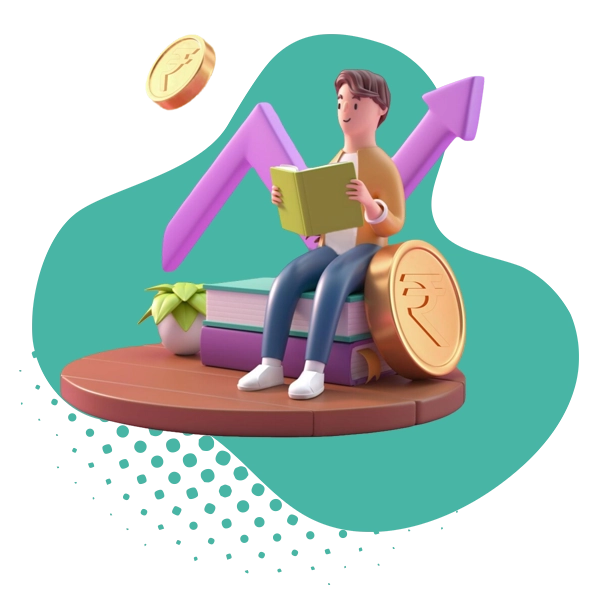What is Algorithmic Trading?
Algorithmic Trading is the process of using of using computers programmed to follow a defined set of instructions
Algorithmic Trading is consist of computer codes and chart analysis to enter and exit trades according to set parameters
Once the current market conditions match any predetermined criteria, algorithmic trading can execute a buy or sell order on your behalf
Why you should subscribe to it?

- Trades are executed at thebest possible prices.
- Instant and accurate trade order placement
- Trades times correctly and instantly.
- Reduced transaction costsdue to lack of human intervention.
- Simultaneous automated checks on multiple market conditions.
Advantages of Algo trading

Emotion Less / Disciplined

Speed (Multiple Trade)

Scalable

Less Chances Of Errors

Back Tested Strategies

Less Man Power Required

Low Impact Cost
Algorithmic
Trading

Gut Feeling Involve

Limited Trade At A Time

Limited Stocks Scan

More Chances Of Errors

Random Trading

More Man Power Required

High Impact Cost
Manual
Trading
Partners
Process of Algo Trading

Conception
Ideate and Conceptualize your trading strategy

Access
Define Rules, Risks and Return

Build Strategy
Use Ready Made or Custom strategy

Strategy Testing
Back Test and LiveTest your strategy

Approval
Fine tune your strategy as per testing reports
Frequently Asked Questions
Algorithmic trading, or algo trading, uses computer algorithms to execute trading strategies automatically. These algorithms analyze market data, identify trading opportunities, and execute orders at high speeds.
Algorithmic trading strategies are based on predefined rules and criteria. They use mathematical models and historical data to make trading decisions, automatically executing buy or sell orders without human intervention.
Algo trading offers advantages such as speed, precision, reduced human error, and the ability to execute complex strategies. It can also operate in multiple markets and timeframes simultaneously.
Common algo trading strategies include trend following, mean reversion, statistical arbitrage, market making, and high-frequency trading. Each strategy aims to capitalize on specific market conditions or inefficiencies.
Risk management in algo trading involves setting predefined risk parameters, incorporating stop-loss mechanisms, diversifying strategies, and continuously monitoring potential issues.
Backtesting involves testing a trading strategy using historical data to assess its performance. It helps traders and developers understand how the algorithm would have performed in the past, providing insights into its potential effectiveness.
Algo trading requires a robust and low-latency infrastructure, high-speed internet connection, access to real-time market data, and a reliable execution platform. Traders often use programming languages like Python or specialized platforms.
While algo trading was traditionally associated with institutional traders, technological advancements have made it accessible to individual traders. However, it requires a good understanding of markets and programming skills.

.webp)





